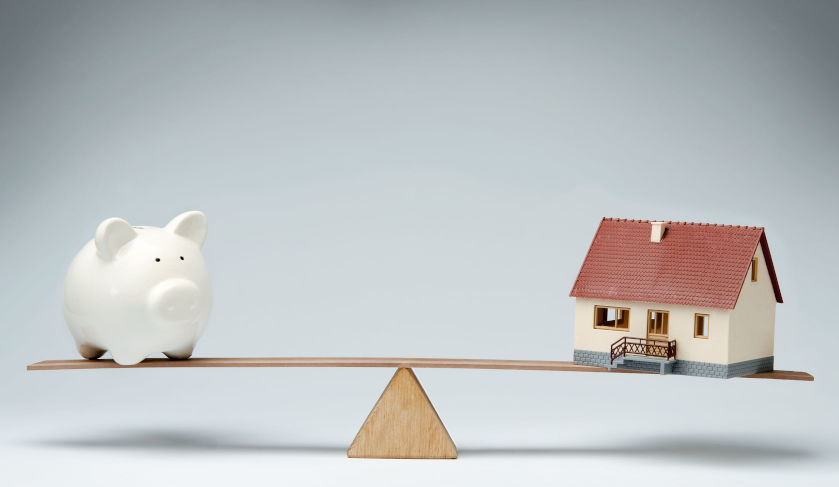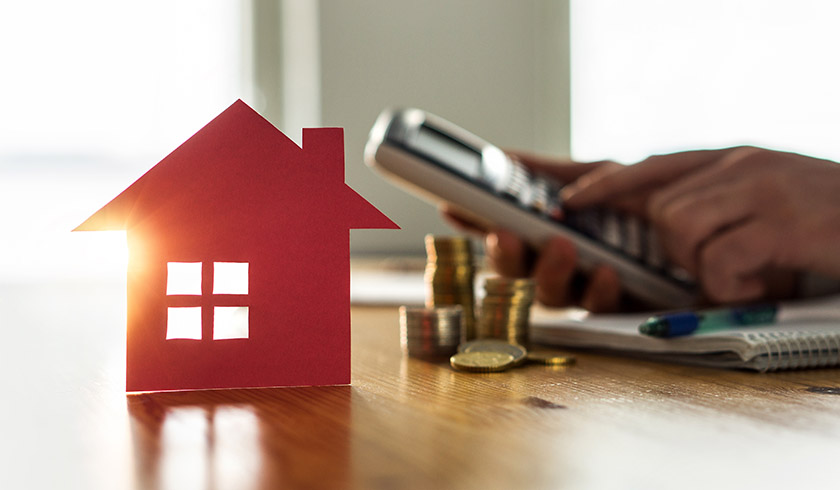Cash flow versus capital growth: which should property investors prioritise?
Scott O’Neill admits that managing a 28-property portfolio could be a challenge, but he’s able to sleep well at night knowing that most of his assets are “not reliant on doing well”. As long as he maintains good cash flow, the Sydney-based engineer will keep moving forward.

One of the most important things he learned in the seven years he spent as a property investor is the value of striking a balance between cash flow and capital growth in one’s portfolio.
To continue reading the rest of this article, please log in.
Create free account to get unlimited news articles and more!
“Treat your portfolio like a business in terms of its cash flow versus growth. I've always bought in a ratio of two high cash flow properties for every high growth one, but I don't neglect cash flow on that third [high] growth [property] either—I still like to keep a minimum 6 per cent yield,” Scott said.
“It's not easy, [and] you've got to look long and hard for it. That would completely eradicate Sydney at the moment because yields are around 2.8 per cent below that 3 per cent mark, which isn't good enough to build a large portfolio.”
Like many who have found success in the business of creating wealth through property, he believes that “cash flow is king” and without it, one cannot really achieve financial freedom and stability.
The property investor said: “Cash flow is the key to keep moving forward and without it, you're never going to retire anyway… I don't know why people put cash flow so far in the back of their priorities because these properties still will grow in value—we're not going to be buying in the middle of nowhere… It just might mean you need a house or a granny flat or something with multiple incomes, or [buy] it below its market value. Things like that can keep the cash flow up.”
Smart Property Investment’s Phil Tarrant said that, as a property investor, he makes it a point to keep cash coming in while holding the asset for as long as possible to benefit from capital growth without having to spend too much.
He explained: “Properties supposed to double in value every 8 to 12 years… So if you can get a property holder for... two cycles, it's going to be four times the value of what you bought. It's really simple math—buy property and hold property… and make sure it's not going to cripple you in terms of cash flow. It's not rocket science.”
According to Scott, at the end of the day, success in property investment entails maintaining a good balance of cash flow and capital growth in one’s property portfolio. While it is important to maintain positive cash flow, property investors must also make sure that they buy assets that will go up in value over time.
“The growth is where you make the wealth… I've never sold a property, I have no intention to even though it gets tempting… [but I believe that in] another 10 years, it'll be worth more. I got time on my side so I just wait out and just keep holding and holding. When you see those guys with those large negatively geared portfolios, they're always having to time it, to sell. They've got to worry about the market more,” he said.
Scott concluded: “I don't care if [my property] doesn't grow this year. I still get my cash flow, and then, [I know] it'll come good eventually.”
Tune in to Scott O’Neill’s bonus episode on The Smart Property Investment Show to know more about his journey towards building an impressive 28-property portfolio, which secures him an income of $300,000 each year.


